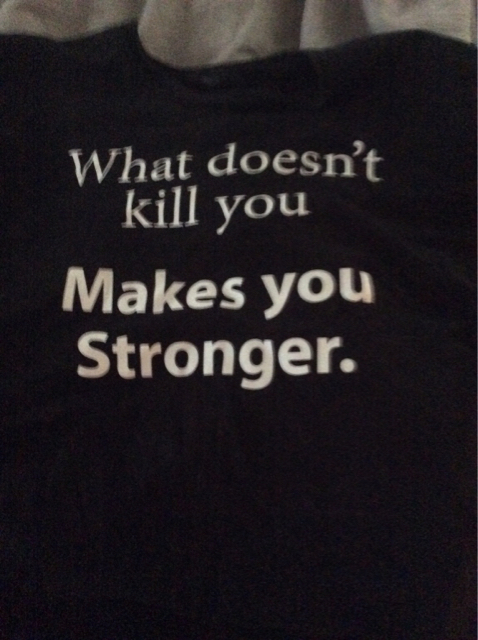Tom-D
Taxi to Parking
- Joined
- Feb 23, 2005
- Messages
- 34,740
- Display Name
Display name:
Tom-D
I was completing the compression test on #4 cylinder on the 0-200, I had the cylinder at TDC with 80 PSI on the tester gauge and it was showing 74/80. I ws standing on the left side of the engine the owner was in front of the prop, I held the tester up so the owner could read the numbers, he leaned in to better see the gauge and pushed the blade down,bring the piston off TDC and WACK. it happened so fast I didn't have time to do any thing by ask " Are you all right, did it hit you" he responded Yes, while taking off his hat, blood was already running down his neck.
Last I saw him he was on his way to the ER, he sat around a few minutes and made certain he was not going to pass out, he got one hell of a cut, above and just behind his left ear.
It took a good 15 minutes for me to get my belly to quite flip flopping.
In all my years as an A&P I've never had any thing like this happen. The owner was well away from the prop as we did the other three, What made him step in and move the prop off center I have no idea.
I'll let you know later how he is doing.
Last I saw him he was on his way to the ER, he sat around a few minutes and made certain he was not going to pass out, he got one hell of a cut, above and just behind his left ear.
It took a good 15 minutes for me to get my belly to quite flip flopping.
In all my years as an A&P I've never had any thing like this happen. The owner was well away from the prop as we did the other three, What made him step in and move the prop off center I have no idea.
I'll let you know later how he is doing.



